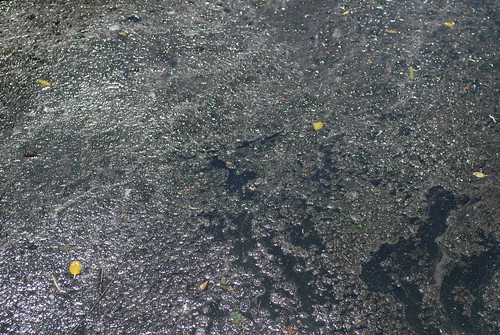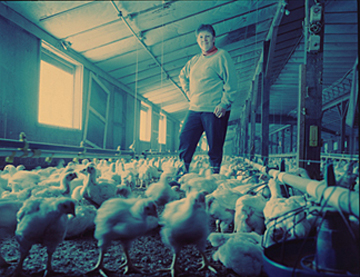Spreading Sewage Sludge on U.S. Fields, Hidden Cause of Food Safety Problems

Giving FDA More Power and More Money is NOT the Answer, Changing National Sewage Policy Is
by Guest Blogger, Jim Bynum, Vice President of Help for Sewage Victims
The House recently passed a new food safety bill (HR2749) giving the Food and Drug Administration (FDA) new power and more money. According to recently discovered documents, this will do nothing to protect our food. Since 1980 it has been the official national policy to dispose of sewage waste on grazing land, fruits and vegetables, parks school grounds and home lawns. The policy was signed by EPA, FDA and USDA based on the premise that EPA had a mandate from Congress under Public Law 92-500 (Clean Water Act) to prevent sewage effluents (water and sludge) from being released into surface water. At that time there were more that 3,000 municipal sewage treatment land application sites in operation. However, most states balked at using land treatment systems without additional secondary treatment and EPA refused to fund those treatment systems.
Sewage Treatment Plants Mass Produce Bad Bacteria
Shortly after the national policy was created in 1980, EPA studies documented that sewage treatment plants were creating antibiotic resistant bacteria. According to EPA in 1982, “present-day conventional waste water treatment — “poisons the rivers and streams” Not only that, but drinking water treatment plants were picking up the antibiotic resistant bacteria and adding chlorine resistance to their armor. Furthermore, Milwaukee’s Milorganite and Chicago Metropolitan Sewage District’s sludge as well as 50% of the other municipalities could not meet the national policy requirement.

 By Dale Keiger
By Dale Keiger


 by Andrew Kimbrell
by Andrew Kimbrell When Michelle Obama created an organic vegetable garden on the White House lawn earlier this year, the move was greeted with positive headlines and excitement among the food advocacy community. Here, we thought, was a First Lady who understood the importance of locally grown, whole and organic foods in her family's diet.
When Michelle Obama created an organic vegetable garden on the White House lawn earlier this year, the move was greeted with positive headlines and excitement among the food advocacy community. Here, we thought, was a First Lady who understood the importance of locally grown, whole and organic foods in her family's diet. 

 In March, Michelle Obama delighted locavores when she planted an "organic" vegetable garden on the White House's South Lawn. For years, Alice Waters, Michael Pollan, and other sustainable food activists had been pushing the idea as a way to reseed interest in do-it-yourself agriculture. Less than two months later, the National Park Service disclosed that the garden's soil was contaminated with toxic lead, and the plot's educational value took on a new flavor as the New York Times and other papers discussed how to make urban backyards that are laced with old lead-based paint safe for growing kale and cauliflower. But those stories might have fingered the wrong culprit.
In March, Michelle Obama delighted locavores when she planted an "organic" vegetable garden on the White House's South Lawn. For years, Alice Waters, Michael Pollan, and other sustainable food activists had been pushing the idea as a way to reseed interest in do-it-yourself agriculture. Less than two months later, the National Park Service disclosed that the garden's soil was contaminated with toxic lead, and the plot's educational value took on a new flavor as the New York Times and other papers discussed how to make urban backyards that are laced with old lead-based paint safe for growing kale and cauliflower. But those stories might have fingered the wrong culprit. 

